Log in or create new account to save this product to your wishlist.
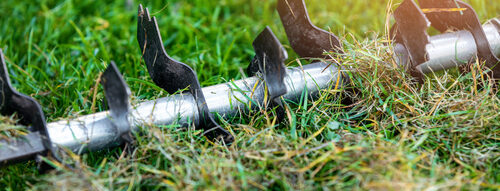
How to Scarify Your Lawn: With a Scarifier or a Rake?
Scarifying is an intensive task that requires a fair amount of effort. So, do you choose a scarifying rake machine? Find out the pros and cons.
🌱 All important maintenance moments for your lawn during the year. Leave your email and we will send you the lawn calendar for free.
Enter your email
Receive the lawn calendar in the mail
Enjoy a green lawn all year round!

- Order by 2PM = shipped today
- 250.000+ satisfied customers!
- 60 day satisfaction guarantee
A scarifier is an essential lawn care tool, but it’s surprising how many keen gardeners have never even heard of this vital lawn care task. Scarifying (aka verticutting) helps your grass plants breathe, returns nutrients to the roots, and makes way for a denser, more luxurious role.
But there are several different ways of scarifying — so which do you choose? Are you going to bite the bullet and opt for a scarifying machine, a manual push-powered scarifier, or a scarifying rake?
This article is all about the different ways to scarify your lawn, including the best approaches depending on the size and shape of your lawn. And, of course, we’ll ask the question, “Why do I need to scarify my lawn” and “How often?”
Ready? Let’s get scarifying.
Why should I scarify my lawn?
Grass roots need fresh air. So, if your soil is covered with a layer of moss, weeds, or thatch (organic matter such as rotting leaves), it’s time to clear it away because it’s suffocating your grass plants’ roots.
Scarifying is best tackled at least once a year — twice is even better. That way, you keep on top of the inevitable moss and thatch layer that’s bound to develop.
But scarifying is quite a stressful process for your lawn because it effectively tears a lot of the grass up as it removes the thatch. However, there’s nothing to fear because your lawn bounces back with abundance within a couple of weeks — more robust and vital than before.

- Everything you need for a successful scarifying project
- Lawn seed for overfeeding
- Fertiliser to help your lawn bounce back
Should I use a dethatching rake or a machine?
Scarifying is an intensive job, requiring a fair amount of effort.
However, there are several valuable tools that take most of the effort out of this essential lawn care task.
The choice between the manual- or machine-assisted route depends on the amount of work you’re prepared to put into the job and the size of your garden.
Garden doctor Louis says:
Your lawn will look totally battered immediately after scarifying. But don’t worry: with proper aftercare, it will bounce right back!
Scarifying Rake
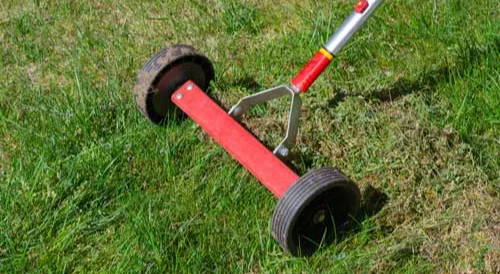
The scarifying rake has two sides: one with short, sharp blades, and the other with longer, blunter blades.
How to use a scarifying rake
Use the shorter blades first — these will remove the top layer of thatch. Work the rake up and down your lawn horizontally. Then, run the rake diagonally up and down, ensuring a thorough dethatching.
Don’t panic as you go — your lawn will look ropey directly afterwards. It’s worth it in the end!
After using the shorter blade, repeat the entire process with the longer blades. This will access the remaining moss and weaker grass blades. If you fail to complete this stage of the process, moss will come back more quickly.
The pros and cons of scarifying rakes
The advantages of scarifying rakes are:
- Cheap to purchase
- Easy to control
- Takes up very little space in your garden shed
The bad side of scarifying rakes is:
- Labour-intensive job
So, if your lawn is larger than 100mᒾ, I’d recommend a scarifying machine.
Scarifying machine
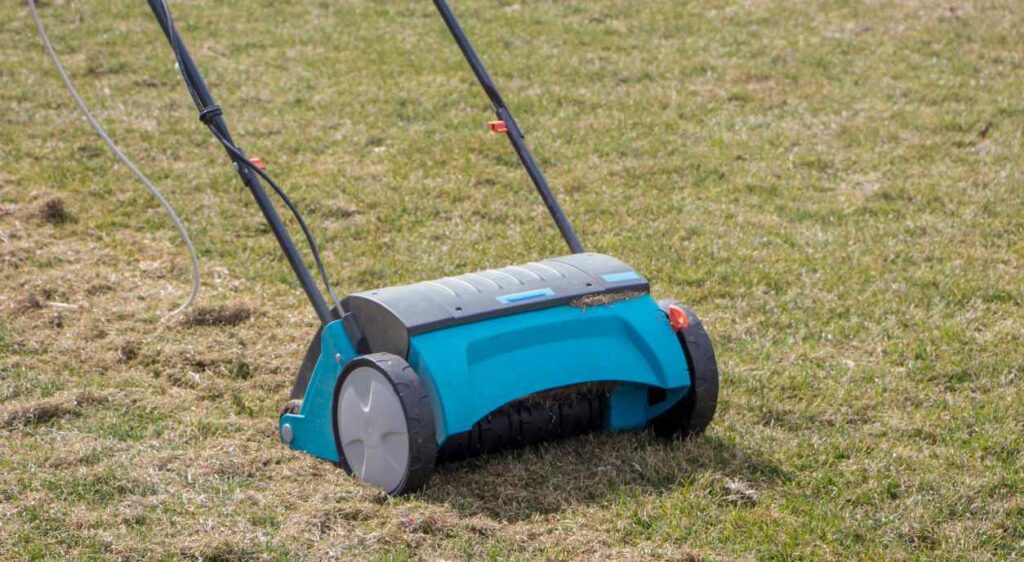
A scarifying machine makes the task MUCH easier. Resembling a lawn mower, the job of removing thatch becomes a cinch, requiring very little work (other than emptying the collector).
In fact, if you haven’t scarified before, the hardest part of the job IS emptying the collector because you’ll be running back and forth to your compost bin every couple of minutes.
Choose from an electric scarifier — perfect for smaller spaces because of the power lead — or one with a petrol engine, which is ideal for larger lawns.
Remember, scarifying isn’t a one-off job. For best results, you should scarify at least once a year. So, consider buying rather than hiring your scarifier; it works out cheaper in the long run.
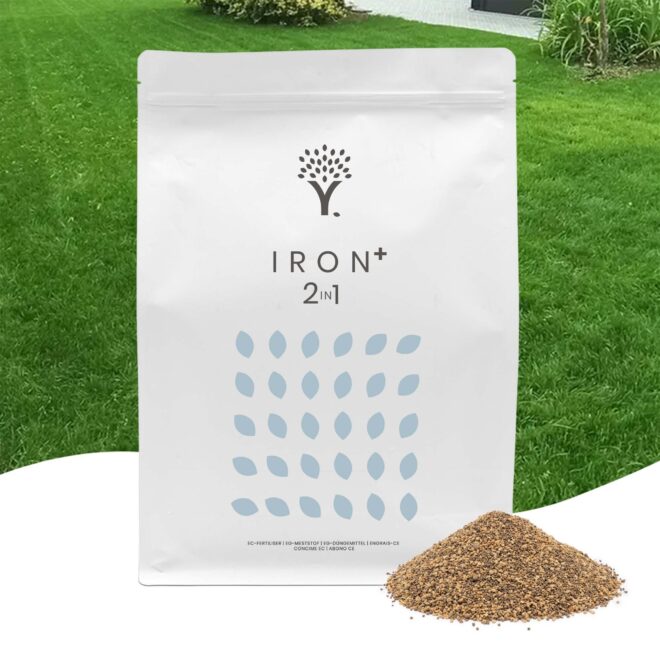
- Kills moss quickly
- Fertilises your lawn
- Safe for use around pets and children
Performance of rakes vs machines
Scarifiers come in a range of designs and price ranges. You can choose between:
- Fixed blades
- Loose blades
- Needles
Fixed blades cut better, wear less quickly, and are generally cheaper. Loose blades work better on surfaces with lots of stones and debris, while needles are more suited to aerating the soil.
Most powered scarifiers come with a collection box, which is a priceless addition because there will be a surprising amount of debris to collect otherwise.
Should I buy or rent a scarifier?
Scarifying rakes are pretty affordable, so for less than £50, you’ll get a good quality rake that does the job well and remains operational for years.
Machines are more expensive — up to a couple of hundred pounds. However, many hardware companies run special offers, and I picked up my Klarna scarifier for less than £70. And when I looked into hiring, I found that the prices for a day weren’t that different.
So, I figured it’s better to buy one than pay the same amount to hire and give it back — only to have the same expense the next time I scarified.
Alternatively, you might find a local Library Of Things, a low-cost way to hire a scarifier, then give it back.
Aftercare
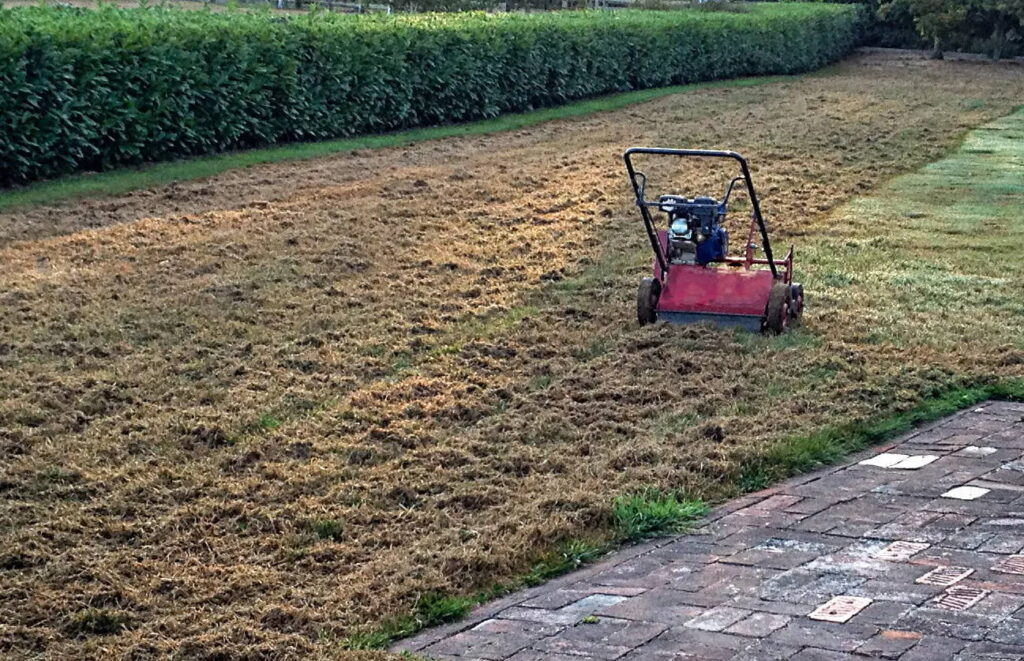
I’m not going to lie: after scarifying, you’ll wonder what the heck you’ve done to your lawn. It will look like the ground around the Pyramid stage after a Rolling Stones gig at a wet Glastonbury.
But with the correct aftercare, it WILL bounce back quickly.
The recovery process starts immediately, so fertilise and water your muddy patch! And overseed — that way, the lawn will return much lusher than before. And set the sprinkler once or twice a day for the next couple of weeks until the lawn shows signs of returning.
For the total lowdown on scarifying, check out our expert guide to scarifying.
-
Spring Boost Lawn Fertiliser
Out of stock
12.99- Order by 2PM = shipped today
- 250.000+ satisfied customers!
- 60 day satisfaction guarantee
-
Scarifying Kit
Out of stock
37.99- Order by 2PM = shipped today
- 250.000+ satisfied customers!
- 60 day satisfaction guarantee
-
BestsellerPower Lawn Grass Seed
Out of stock
13.99- Order by 2PM = shipped today
- 250.000+ satisfied customers!
- 60 day satisfaction guarantee
Any questions?
I hope you’ve got all the information you need for expert scarification.
But if you need more assistance, check out the encyclopedia of lawn care and gardening tips in our website’s Help & Advice section.
And if you have any questions, don’t hesitate to get in touch.
We love to hear from you and will get back to you asap.
Thanks for reading!
-
How to Design Your Perfect North-Facing GardenNorth-facing gardens get less light than gardens of other orientations. But you can still bring it to life with the right plants and conditions. Find out how to make the most of your north-facing orientation.Read more
-
The Ultimate Guide to Lawn ScarificationWhat is scarifying? Why do you need to do it regularly and how do you get the best results? Here's how to go about it.Read more
Leave a comment
Your answer will be displayed on the site and the interested party will be notified by email.
Leave a comment
Have a question or want to share your experience? Leave us a comment.

- Order by 2PM = shipped today
- 250.000+ satisfied customers!
- 60 day satisfaction guarantee

- Order by 2PM = shipped today
- 250.000+ satisfied customers!
- 60 day satisfaction guarantee

🌱 All important maintenance moments for your lawn during the year. Leave your email and we will send you the lawn calendar for free.
Enter your email
Receive the lawn calendar in the mail
Enjoy a green lawn all year round!




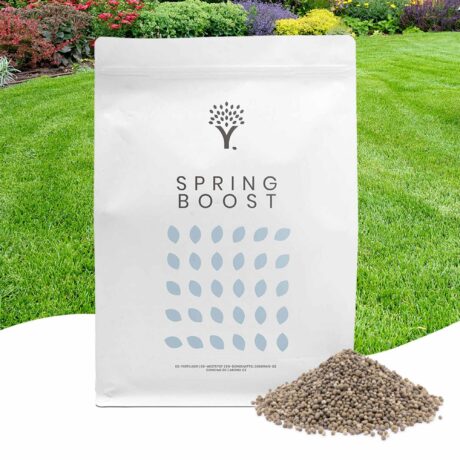

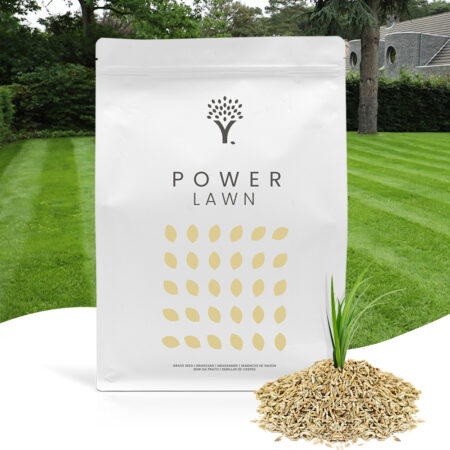



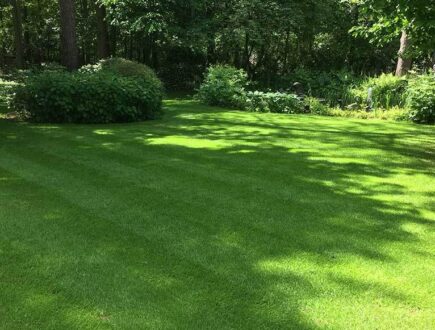
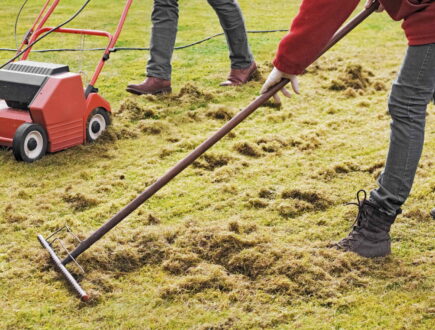








Comments (0)
There are no comments yet. Well then, what are you waiting for to
Be the first to write your comment!inaugurate this pretty page?
Do you have some comments?